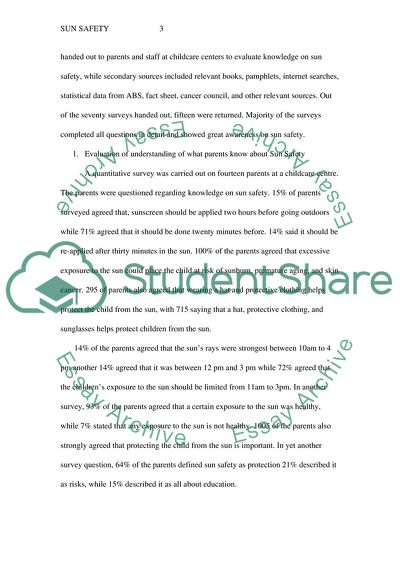Cite this document
(Sun Safety Research Paper Example | Topics and Well Written Essays - 2250 words, n.d.)
Sun Safety Research Paper Example | Topics and Well Written Essays - 2250 words. Retrieved from https://studentshare.org/health-sciences-medicine/1775883-sun-safety
Sun Safety Research Paper Example | Topics and Well Written Essays - 2250 words. Retrieved from https://studentshare.org/health-sciences-medicine/1775883-sun-safety
(Sun Safety Research Paper Example | Topics and Well Written Essays - 2250 Words)
Sun Safety Research Paper Example | Topics and Well Written Essays - 2250 Words. https://studentshare.org/health-sciences-medicine/1775883-sun-safety.
Sun Safety Research Paper Example | Topics and Well Written Essays - 2250 Words. https://studentshare.org/health-sciences-medicine/1775883-sun-safety.
“Sun Safety Research Paper Example | Topics and Well Written Essays - 2250 Words”, n.d. https://studentshare.org/health-sciences-medicine/1775883-sun-safety.


